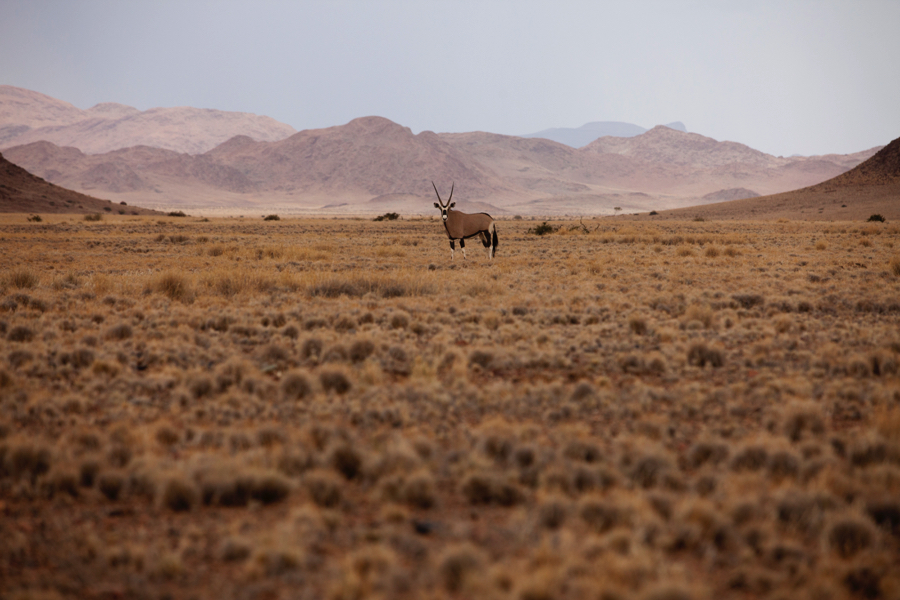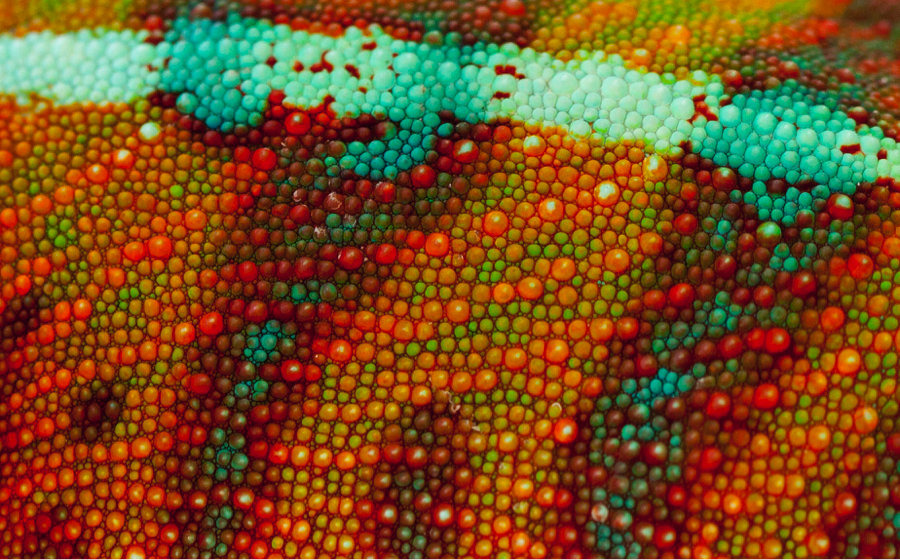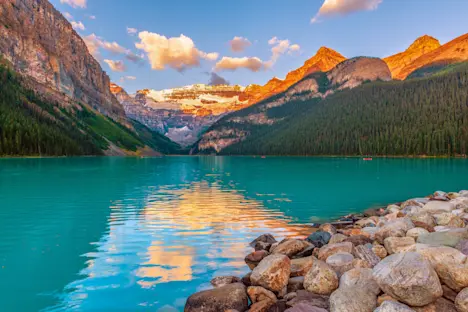Wildlife photography differs from other forms of photography in many ways. But still, there are many parallels it shares with photographic styles like portrait photography, creative photography, photo journalism, and others. In a way, if the photographer is up to the challenge, wildlife photography can indeed be a combination of many styles of photography all into one.
If we were to break wildlife photography into its components, one could say there are several common “styles” that are immediately adopted by the wildlife photographer. First is what I would term wildlife portraiture, often sharing styles with what one might find in a field guide. In this instance, it is an iconic photo of a particular animal (or plant) that is diagnostic and aesthetic. In general, the surrounding environment is usually not played up very much, but instead it is the intention of the photographer to do everything in his or her power to draw the viewer into the animal itself.
Below is an example of this style. Take notice of how the background is completely blurred with a nice bokeh (can be pronounced like boh-kuh or boh-kay) and the animal is isolated from other landscape elements.

Another derivation of general wildlife photography that has parallels elsewhere in the photographic world is to intentionally incorporate the animal into its surroundings. By featuring the environment, an added level of difficulty comes into play, as composition, lighting, and other photographic techniques become more obvious with more things going on in the scene.
Take the below photo as an example. In many ways, this is a landscape style photo that just happens to have African buffalo in it. However, these animals are far from superfluous, as they add much to the photo. They add scale, context, and something to which to draw the viewers eye. Without them, one would have little idea of the size of the landscape, nor any idea of where in the world this might have been taken. Not that everyone will immediately identify them as African buffalo and know that this must have been shot at Lake Nakuru in Kenya, but you get the picture…

When it comes to the integration of animals into the landscape, it is a vast spectrum. Take, for example, the next photo, which exhibits a prominent animal that is easily identified (similar to the portraiture style mentioned first), but with a zoomed out approach that features the landscape. However, as you’ll notice, the landscape is not prominent and integral to the photo, but instead it’s complimentary to the animal in focus. Similarly, the animal is not in a position or in proper lighting to dive into the portraiture end of the spectrum and have that “field guide” style of photo. With this photo, the landscape and the animal are complementary. One really cannot exist without the other to make this a good photo. And actually, the animal and the landscape function to make the photo better than just a sum of the parts. It becomes highly evocative and symbolic of the vast landscapes of Namibia, and the unique wildlife that dot the landscape.

This evocative photo of a Gemsbok amidst the stark Namibian desert paves the way to discuss the 3rd style of wildlife photography that is sure to yield impressive results – creative photography.
Of course, one could argue that the topics already addressed are creative, such as an appealing composition or unique landscape elements or the use of blur and depth of field constitutes. However, what we’re talking about here is much more of the outside the box creative. Take, for example, the photograph below of the skin of a panther chameleon in Madagascar. Endlessly patient, the chameleon sat for virtually every photo desired. Guidebook-style photos, ones that integrate an evocative landscape, and more. However, some would argue that this seemingly-obscure close-up of the skin is one of the most interesting of all. Combining vivid colors, arresting texture, and plenty of mystery and intrigue, this exemplifies the creative wildlife photography angle. Sometimes these shots may be the first you think of, and other times they come only after every other logical shot has been taken.

In the end, there are many different types of wildlife photography but the common denominator is of course the wildlife itself. Thus, it is key that the subject is composed nicely (see our Composition page), whether it’s on its own, part of a landscape, or creatively arranged in the frame. And regardless of where it is in the frame, it should be in good focus. Again, rules are always meant to be broken, so there are always instances where this is not the case, but 9 times out of 10 you will want the animal to be in focus. And if the animal is big enough that only part of it can be in focus, be sure to focus on the eye, as this will yield the most solid connection between the animal and the viewer of your photograph.
Here are some questions that you should ask yourself when prepping to take photos of wildlife:
- Should you isolate the animal from the environment, or feature the two together?
- Do I want this photo to be more of a “field guide style” or arranged creatively in the frame.
- How can I tell the most interesting story of this wildlife sighting through the eyes of my camera? Should I focus on the texture of its fur, the look in its eye, its place in the environment, or something else?
- Is my subject in focus, and where should I place it in the frame?




































